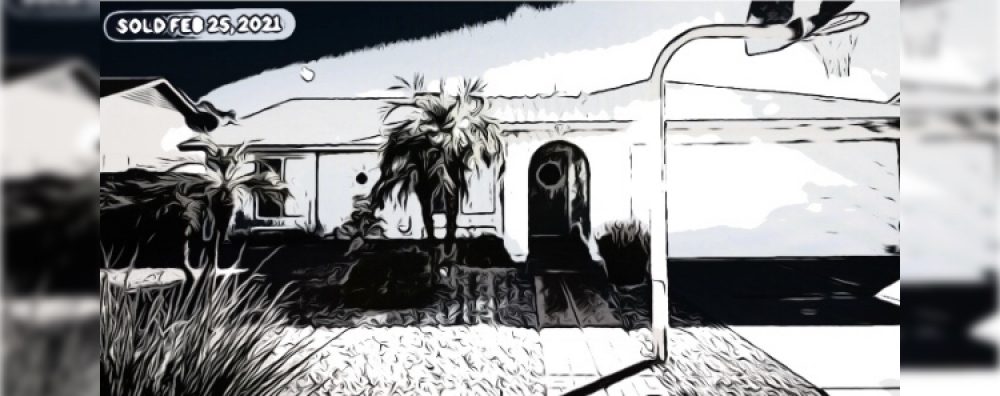A: Though silicone baking sheets do leach trace amounts of silicone oils into foods, these oils are far less harmful than the manufacturing byproducts and gases associated with sheets containing PTFE (Teflon).
…
It’s #plasticfreejuly and we’re continually trying to reduce our plastic use, as well as ingestion. One especially tasty way of skirting plastic bags is making homemade bread, which is WAY easier than commonly thought. With an enameled dutch oven pot, it’s as simple as throwing ingredients together, waiting, and letting the toaster oven work its magic.
When baking bread, we currently use parchment paper to line the pot, which is regrettably single-use and non-recyclable. Certain versions are compostable, though most parchment paper is treated with a silicone coating that likely doesn’t compost very well. Additionally, most compostable single-use paper products still have a larger production footprint than multi-use equivalents. So, what are the best reusable alternatives for parchment paper?
Answering this question is mostly a matter of potential health risks. In the past, we lined our pot with reusable baking sheets, but have since realized that these sheets contain PTFE (Teflon) and can have detrimental health effects via pyrolysis and off-gassing when cooked at higher temperatures. Older teflon cookware also contains PFOA (used in the PPTFE manufacturing process), which is linked to multiple disorders and is now ubiquitous in the environment. Though phased-out in newer cookware, it’s unclear if the replacements (GenX) are any safer.
Reports and studies vary on at what temperature PTFE begins off-gassing toxic fumes, but one peer-reviewed study shows that about 1,000 broiler chicks died shortly after exposure to Teflon-coated heat lamps at 396°. While birds are known to be exquisitely sensitive to Teflon fumes (and there are unfortunate reports of pet birds dying after exposure to Teflon cookware), there is also some risk for humans, especially at higher temperatures. Since bread bakes at ~450°, we recommend opting for silicone baking mats, including those shaped specifically for dutch ovens.
Studies show that silcone baking mats do release PDMS, an inert silicone oil. Yet, PDMS is widely used as a food additive, especially for frying oils, in both the US and EU. When ingested it is nearly all excreted unabsorbed, and safe intake levels of 1.5 mg/kg have previously been suggested (equivalent to 120 mg or over a quarter pound of PDMS for an 80 kg person!), Therefore, we’re not too concerned over any comparatively tiny PDMS exposure from silicone baking sheets.
In summary, a reusable silicone sheet seems to generate the least waste, with minimal health concerns compared to the alternatives (single-use parchment paper, most of which contain silicone anyway, or reusable teflon-based sheets).
